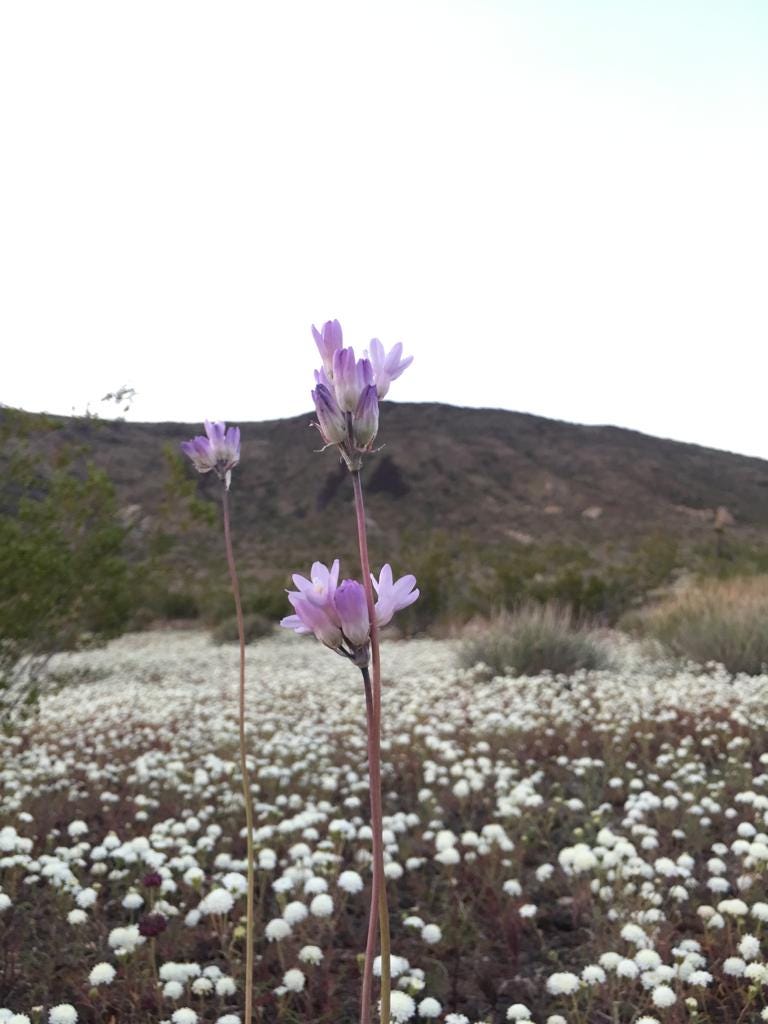Dhamma Letter No. 104
Satipatthana 28: Kayanupassana 19: The Reflection on the Material Elements 1
DN22:
A bhikkhu should observe this body as it is composed, contemplating it according to the characteristics of each element. “In this body there is an earth element, a water element, a fire element, and an air element,” he said. Just as a skillful butcher or his assistant, after slaughtering an oxen and dividing it into pieces, sits and observes them at the crossroads, so, You should observe this body while contemplating.
“In this body there is an element of earth, there is an element of water, there is an element of fire, and there is an element of air.” In this way, he dwells contemplating the body from the inside, observing the body from the outside, and observing the body from the inside and outside. He spends his time observing phenomena occurring in the body, observing phenomena that disappear from the body, and also observing phenomena that arise and disappear simultaneously in the body.
The awareness that “this is the body” is established in him. In this way one develops one’s awareness to a level where there is only wisdom and right awareness. In this way, one lives detachedly without attachment to anything in the world of mind and matter. This, bhikkhus, is the way a bhikkhu lives, observing the body from body to body.
In the Old Testament of Christianity, there is a story that God formed man out of clay and breathed air into it to create life. Many are accepted as a myth, but in fact, if we decompose the material, the human body is composed of four elements: earth, water, fire, and wind. When we realize that we do not stand for ourselves, we realize the four elements are what stand. I do not go, four elements go. I do not sit, the four elements sit. We realize that there is only matter & consciousness with conditions. And with understanding, you are freed from body and mind.
In order to realize the wisdom of knowing and seeing how the body and mind are conditioned to each other, we firmly hold onto the body (material) as an anchor of the mind and disassemble and observe the ideal body into fundamental and derivative materials. You need to understand the four causes of each substance, namely the relationship between kamma, mind, temperature, and food.
The Blessed One said, “Bhikkhus, how then does a bhikkhu know the substance? Here, bhikkhus, the bhikkhus say, 'whatever it may be, it is all about the four fundamental substances (mahā-bhūta) and the substances derived from them (upādāya-rūpa)' as they are.” By deconstructing and observing the body, if you can see the body as a component rather than as a being, you will not be attached to this body as ‘I’ or ‘mine’. When you let go of attachment, there will be no more suffering and you will be freed from body and mind.
To be continued...
May you cultivate your Sati continuously (Samma-Viriya)!
May you achieve the Samma-Sati through Satipatthāna (vipassana meditation)!
May all practice well and reach to Magga (道, the path of enlightenment) and Phala (果, the fruit of enlightenment)!
With Metta,
Ayyā Kosallā
Edited by Euna Bonovich
If you have any questions related to dhamma & meditation, please feel free to ask. You can reach Ayya Kosalla directly at Bhikkhuni.Kosalla@gmail.com .
법에 대한 질문이 있으신 분은 위의 이메일 주소로 질문을 남겨주세요.
위빠사나명상의 마음관찰에 대한 논문을 한글 원본으로 읽고 싶으신 분은 클릭해서 다운로드 받을 수 있습니다. (네이버에 PDF 첨부)
The Korean Dhamma Letter is here 담마레터.
Buddha Sāsanaṁ Ciraṁ Tiṭṭhatu!
May the Buddha’s teachings last a long time!
Bhavatu Sabba Sotiṁ ca Maṅgalaṁ ca!!
May everyone be led on the path of peace and blessing!!
Sādhu Sādhu Sādhu !



